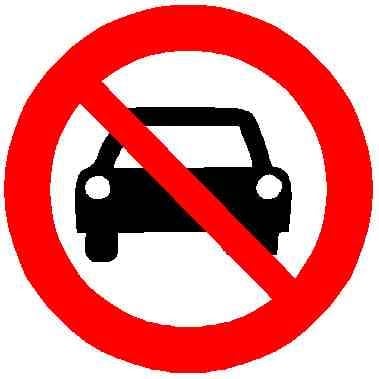I wonder how different this is from what is the normal way of doing things in the Netherlands
True, it’s a bit Swiss-focused where they have a lot of money for infrastructure, but where cities have mostly invested in cars and pedestrians, but not cycling.
Nevertheless I believe there are lessons in there that can be useful. Maybe not in Amsterdam or Copenhagen, but less bike-friendly places that want to change that.
I mean: i found it very interesting that they have a small set of fundamental rules
- Half of the road space would be reserved for slow traffic
- all places still reachable by car.
and based on this they realized what the outcome would be.
So my point is like: do they have a similar set of fundamental rules in the Netherlands? how different is the outcome if the Swiss study applied those? For example, as pointed out in this article,
good quality cycle paths should be a maximum of 500 m apart and that extra cycle-paths should fill in the gaps
Anyway I do think that the link you posted is a very interesting study
*corruption



